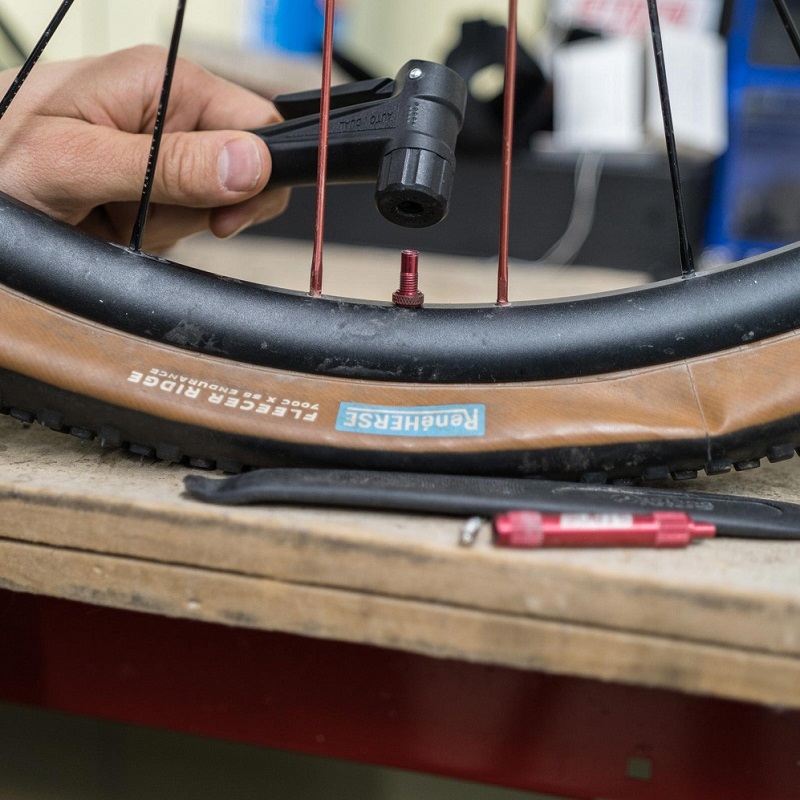The Importance of a Reliable Bike Tire Pump
Biking is an enjoyable pastime and an effective mode of transportation. However, a reliable bike tire pump is essential for a smooth and safe ride. Many cyclists encounter problems with their bike tire pumps, which can lead to frustration, especially when you’re in a hurry or on the road. This article will discuss the most common issues experienced with bike tire pumps and provide practical solutions to these challenges.
Understanding the common problems associated with bike tire pumps is crucial to ensuring that they perform well when needed most. With a proactive approach, you can optimize your pump’s performance and avoid situations that could disrupt your ride. Thus, let’s explore the issues you might encounter with your bike tire pump and how to effectively resolve them.
Problem 1: Pump Not Inflating the Tire Properly
One of the most frustrating issues with a bike tire pump is when it fails to inflate tires properly. This problem can lead to wasted time and potential safety risks on the road.
- Check for Leaks in the Hose: The most frequent cause of insufficient inflation is a leak in the pump hose. Inspect the hose for signs of wear, tears, or damage. If you spot any, you may need to replace the hose to ensure effective inflation. For a thorough check, run your fingers along the hose while squeezing the pump. This technique can help you find leaks more accurately.
- Examine the Valve Connection: Another potential culprit is the connection between the pump’s nozzle and the tire valve. The nozzle may not engage fully with the valve. Ensure the nozzle is securely attached to the valve. If it is still loose, consider using a rubber washer to achieve a better seal, preventing air loss and ensuring optimal performance.
- Assess the Pump Mechanism: The pump itself may experience internal issues as well. If the piston is damaged or stuck, it won’t move air efficiently. Disassemble the pump to clean or replace any damaged parts as needed. After cleaning, reassemble the pump and test it again to see if it inflates your tire properly.
By identifying and resolving these factors, you can ensure that your bike tire pump inflates tires effectively every time. This is essential for maintaining safety and performance on all your rides.
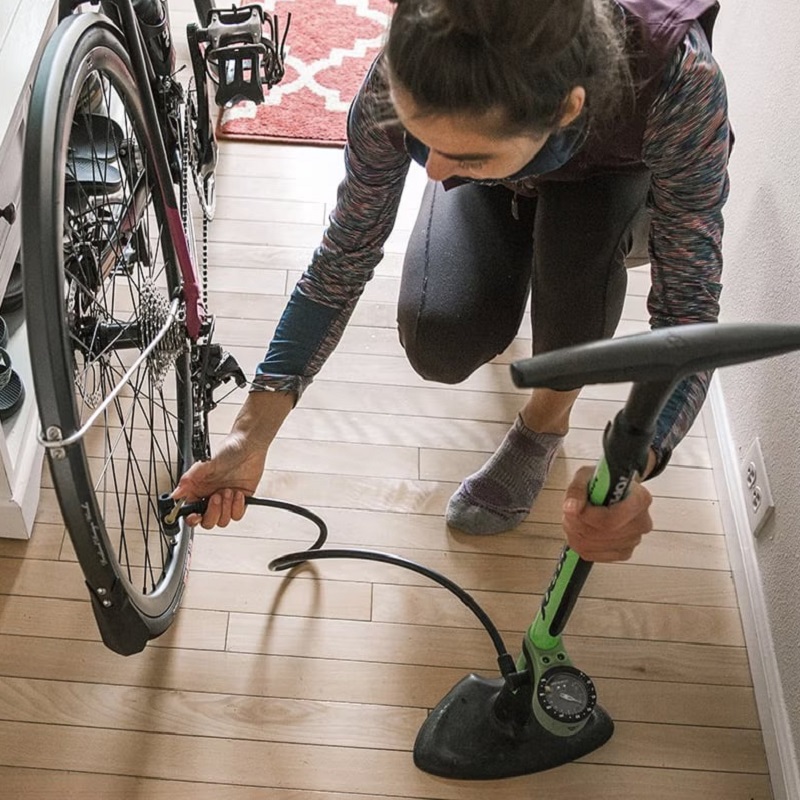
Problem 2: Difficulty Connecting to the Valve
Many cyclists face challenges when trying to connect their bike tire pump to the valve. This dilemma can be particularly frustrating when you’re in a hurry to inflate your tire.
- Inspect the Valve Type: Different bike tires use various valve types, such as Schrader and Presta. If your pump is not compatible with the valve type, it may be difficult to create a secure connection. To improve compatibility, consider using an adapter or purchasing a multi-valve bike pump that can handle different valve types easily.
- Ensure Clean Valve Surfaces: Dirt, debris, or corrosion on the valve can hinder proper connections. It is important to clean the valve using a cloth or a soft brush to remove any obstructions. Regularly maintaining the valve by checking and cleaning it can help prevent future problems and ensure optimal performance.
- Practice Proper Alignment: Correctly aligning the pump nozzle with the valve is crucial for a proper seal. Misalignment can lead to air leaks and other issues during inflation. Therefore, practice proper alignment techniques while connecting the pump to ensure a successful connection each time you use it.
By addressing these connection issues, you can make the inflation process smoother and more efficient, allowing you to spend more time riding and less time dealing with pump problems.
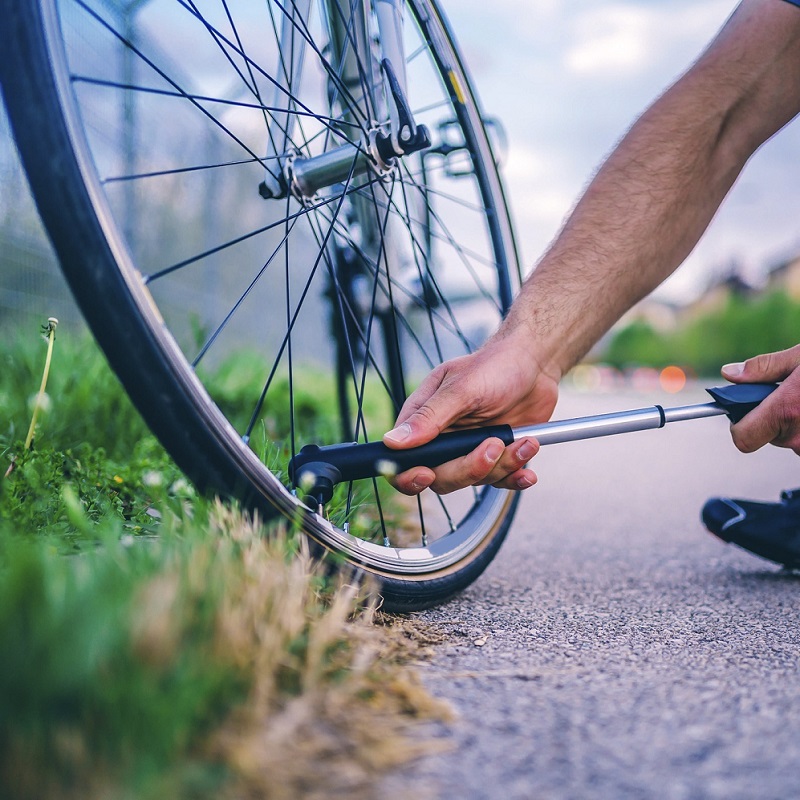
Problem 3: Pumping Takes Too Much Effort
Another common complaint among cyclists is that their bike tire pump requires too much physical effort to inflate tires. This issue can quickly lead to exhaustion, particularly during long rides when you’re already fatigued.
- Check for Air Blockages: Any blockages in the pump hose or nozzle can impede airflow and create resistance. Therefore, it’s essential to regularly inspect these components for clogs. Clearing any blockages can significantly reduce the effort needed to pump your tires, enabling a smoother inflation process overall.
- Evaluate Pump Efficiency: The design and construction of your bike tire pump can greatly affect its efficiency. If your current pump requires excessive effort to inflate tires, consider upgrading to a higher-quality model that incorporates better piston designs or larger cylinders. More efficient pumps can require less effort while delivering optimal performance.
- Develop a Proper Pumping Technique: Adopting a more efficient pumping technique can also help reduce the physical effort needed. For instance, using long, steady strokes can yield better results compared to short, rapid movements. Additionally, some cyclists find that using their body weight during pumping can enhance efficiency, thus making the process quicker.
With these strategies in mind, you can effectively reduce the effort required to inflate your bike tires, leading to a more enjoyable cycling experience.

Problem 4: Inaccurate Pressure Gauge Readings
Many bike tire pumps are equipped with pressure gauges, but these gauges can sometimes produce inaccurate readings. Unreliable gauges can lead to over-inflation or under-inflation, both of which can compromise safety and performance.
- Regularly Calibrate Your Gauge: To ensure accurate readings, periodically calibrate your pressure gauge. You can compare it against a known accurate device, such as a professional gauge. Make any necessary adjustments to help maintain confidence in your pump’s performance and ensure correct tire inflation.
- Assess Gauge Condition: Over time, pressure gauges can wear out and lead to inconsistencies in readings. If you regularly notice discrepancies, you may need to replace the gauge altogether. Fortunately, many high-quality bike pumps feature built-in gauges that are easy to replace, ensuring you always have reliable readings.
- Use an External Gauge: If you consistently face issues with your pump’s built-in gauge, consider using an external pressure gauge. This can be particularly useful to verify the tire pressure before and after pumping, ensuring correct inflation each time. An external gauge serves as a backup when the primary gauge fails, allowing you to maintain the proper tire pressure.
By keeping your pressure gauge accurate and functional, you can ensure proper tire inflation—essential for safety and performance on your rides.
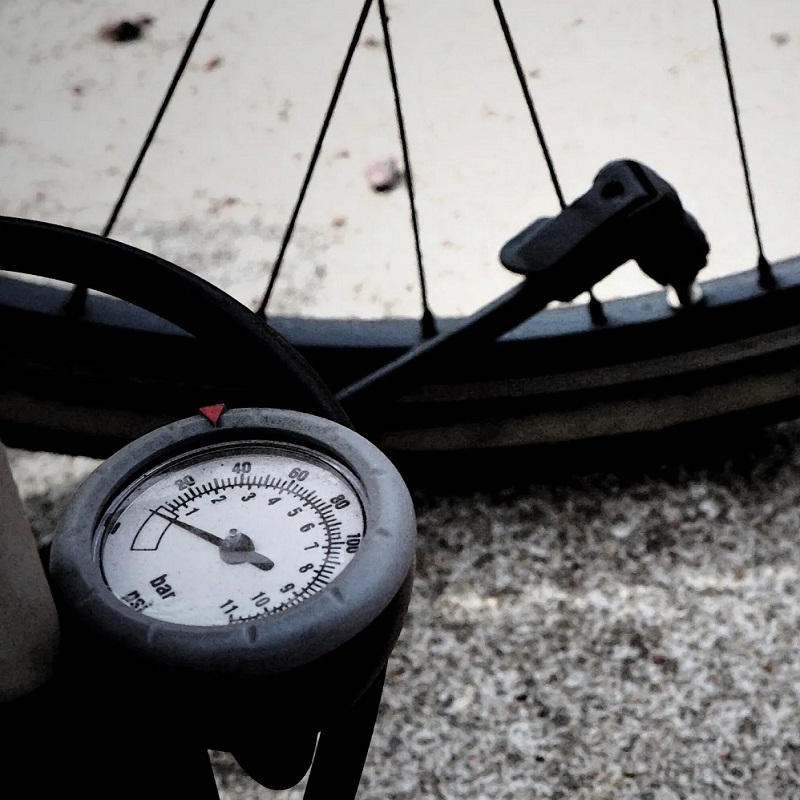
Problem 5: The Pump Is Difficult to Use or Carry
Finally, a bike tire pump that is difficult to use or transport can greatly diminish your cycling experience. Heavy or bulky pumps can become inconvenient, especially during long rides where space is limited.
- Choose a Compact Design: When selecting a bike tire pump, prioritize compact and lightweight designs. Mini-pumps or frame-mounted pumps offer convenience without sacrificing functionality. Moreover, choose a pump that fits easily in your bag or attaches securely to your bike frame, making it readily accessible as needed.
- Practice Using the Pump: Familiarize yourself with the pump’s mechanisms and features before embarking on a ride. Understanding how it operates is crucial for using it efficiently. The more comfortable you are with its operation, the quicker and easier it will be to inflate your tires when necessary.
- Invest in a Multi-Tool Pump: A multi-tool bike pump that serves various functions can be a smart investment. These pumps can inflate tires and include essential cycling tools within one system. These versatile designs eliminate the need to carry multiple items while ensuring you have everything you need in one compact unit.
By addressing issues related to usability and portability, you can ensure a more enjoyable cycling experience, making it easier to manage tire pressure while on the road.
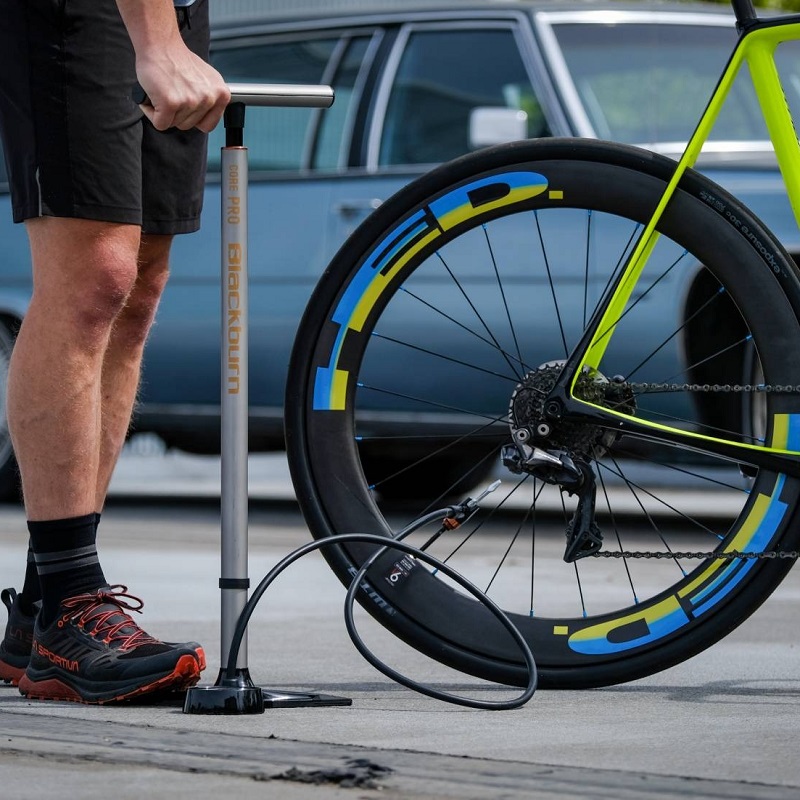
Keeping Your Bike Tire Pump Effective and Reliable
In conclusion, encountering problems with your bike tire pump can disrupt your cycling experience. However, by understanding common issues—such as improper inflation, difficult valve connections, excessive pumping effort, inaccurate pressure readings, and usability concerns—you can take proactive steps to resolve them.
Applying the various solutions discussed in this article can help you optimize your bike tire pump’s performance and enhance your cycling adventures. Remember, a reliable bike tire pump is crucial for maintaining proper tire pressure, ensuring a smooth ride, and promoting safety while biking. Moreover, regularly checking your pump’s efficiency will help you stay prepared for any ride with confidence.
With these insights, you can confidently tackle any bike tire pump problems you may encounter. By keeping your pump in good shape, you ensure that your journeys remain enjoyable and hassle-free. A well-maintained bike pump is key to an efficient cycling experience, so take the time to address, fix, and enhance your bike tire pump for all your future rides.
